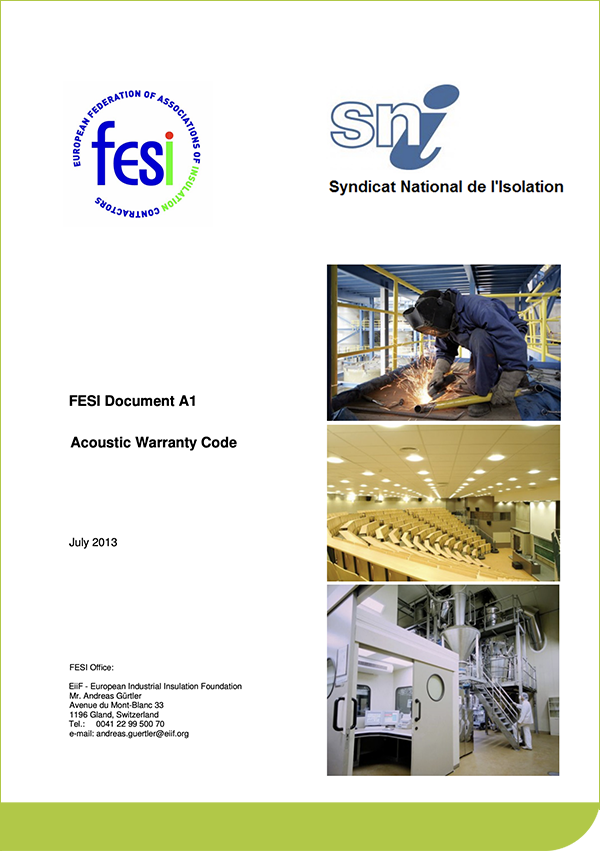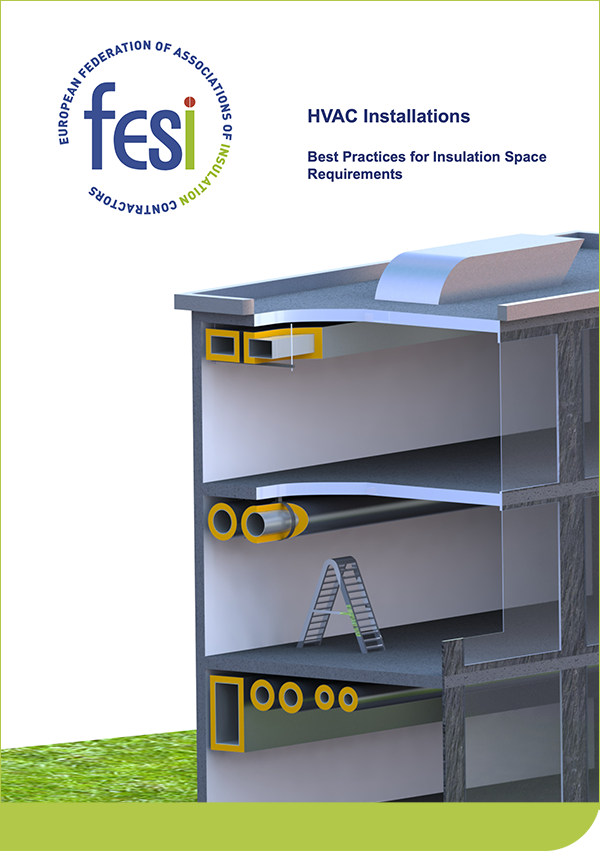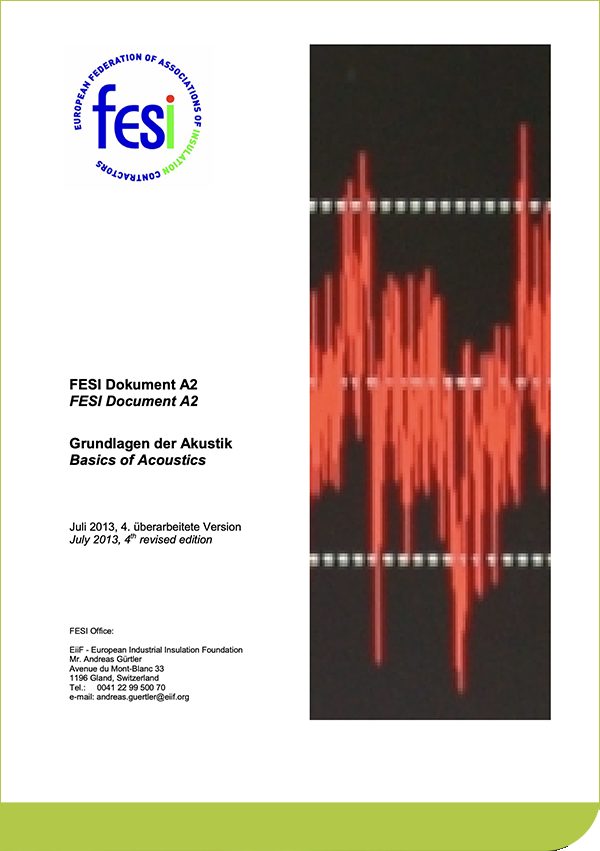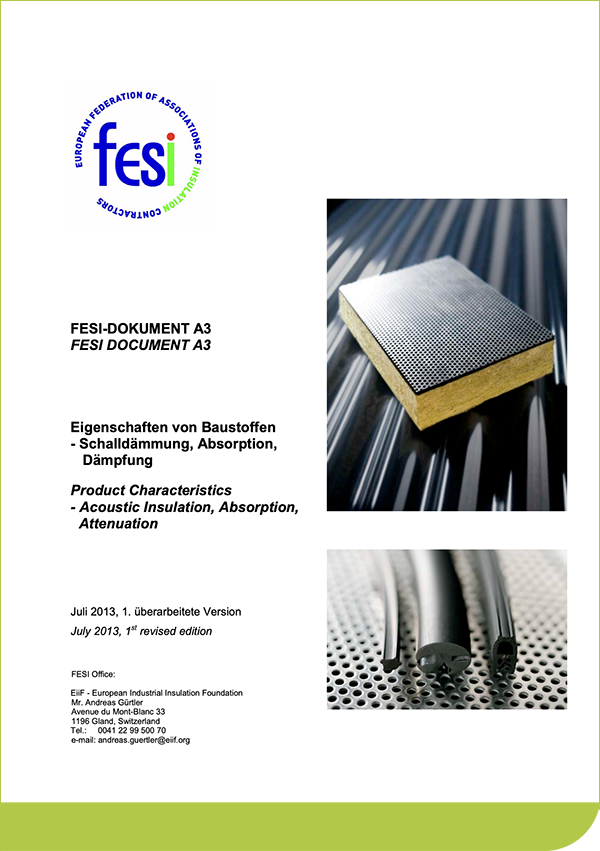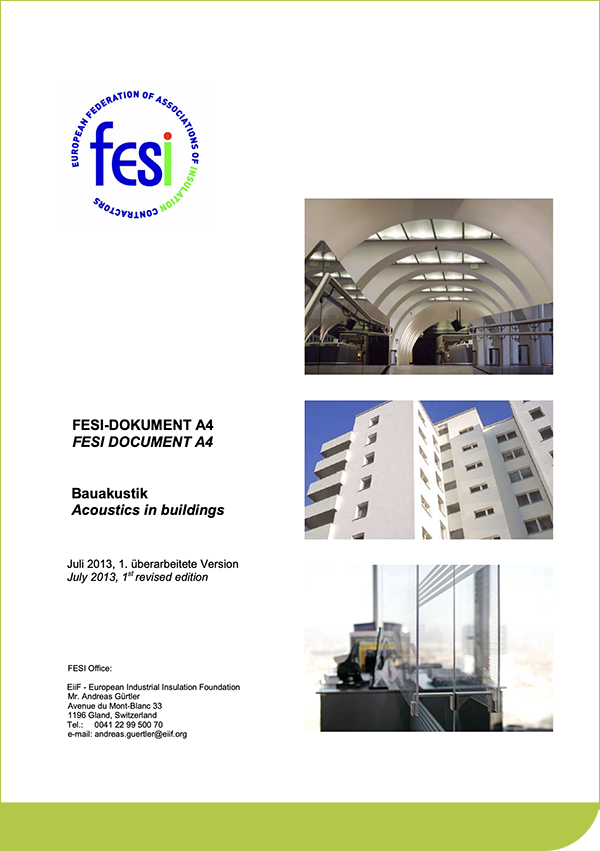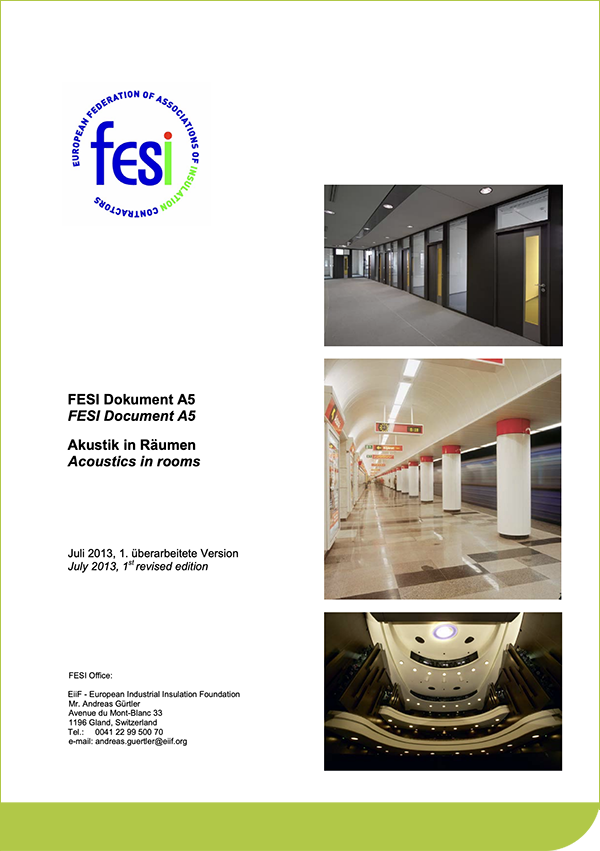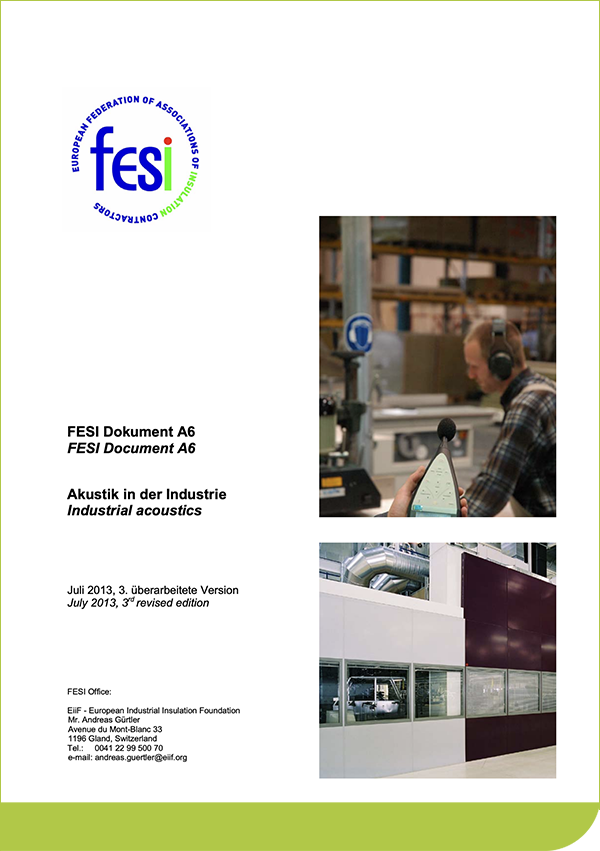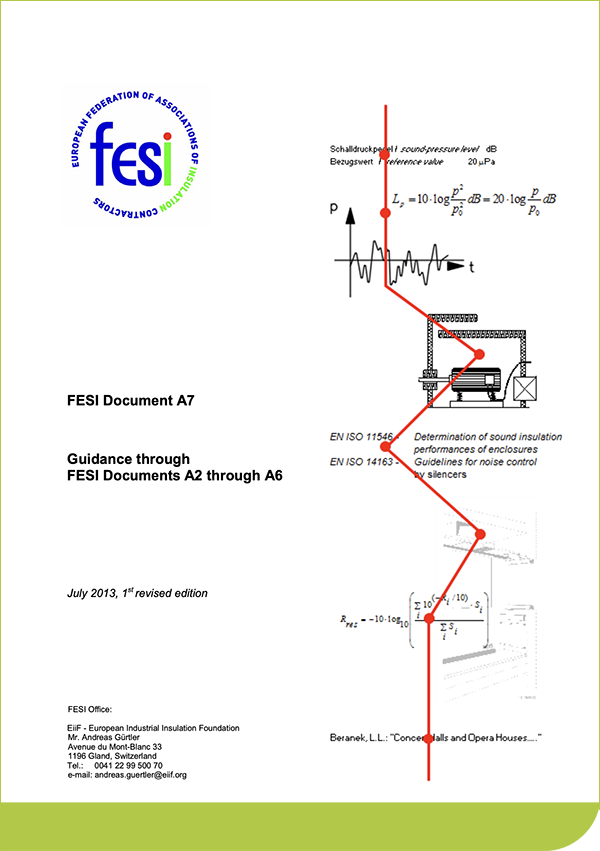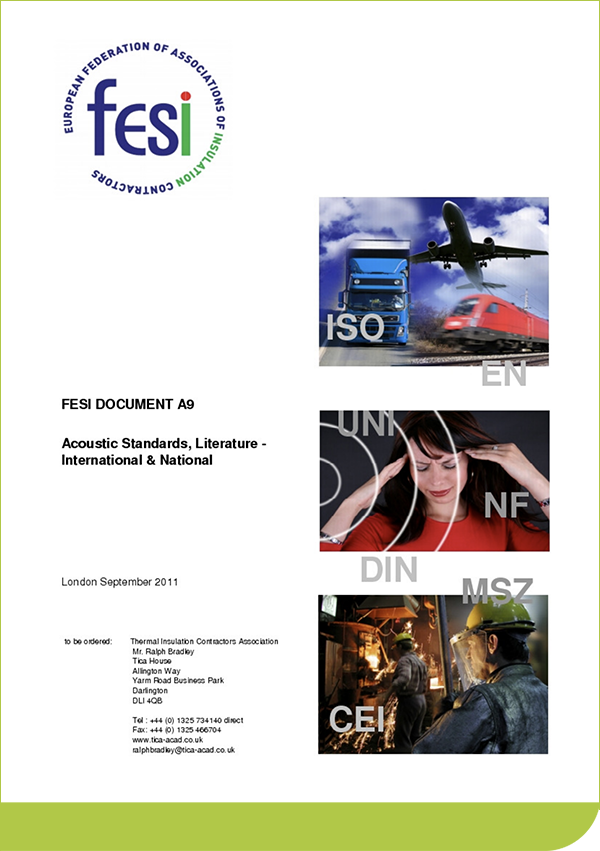Fesi publications
Thermal Technical Commission
Reduce CUI Risk with Good Insulation Systems
CUI is a hidden and common problem in the commercial and industrial sectors that typically operate equipment at temperatures fluctuating up to +175˚C. CUI can lead to unexpected and very expensive costs. Engineered professionally installed insulation combined with appropriate surface coating, regular inspections and maintenance protect from CUI and offer long term prevention.
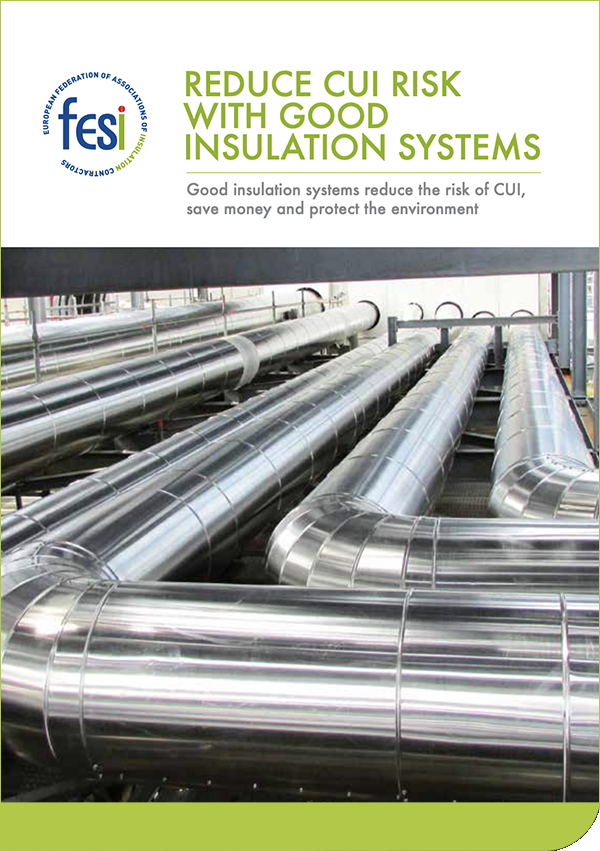
TTC 2 Guide to Good Thermal Insulation Practice
Too many insulation systems fail due to poor planning, effective liaison between the par- ties involved, lack of attention to detail and failure to adequately maintain the system. This guide to good insulation practice sets out to highlight to the owner or client, and the contractor, what must be considered between them to ensure that an effective insulation system is installed that meets the plant requirements and functions effectively in the pre- vailing local conditions.
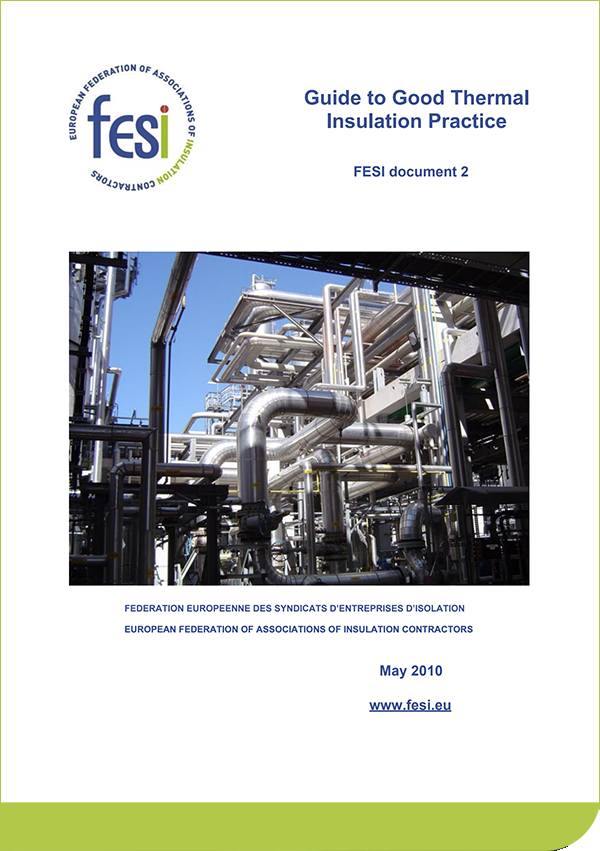
TTC 5
TTC 5 Problems with associated with the warranty of specified surface temperatures
This paper highlights the problems associated with warranting surface temperatures with theoretical calculations as the surface temperature is dependant on a number of physical parameters that cannot be calculated or estimated with the necessary degree of certainty.
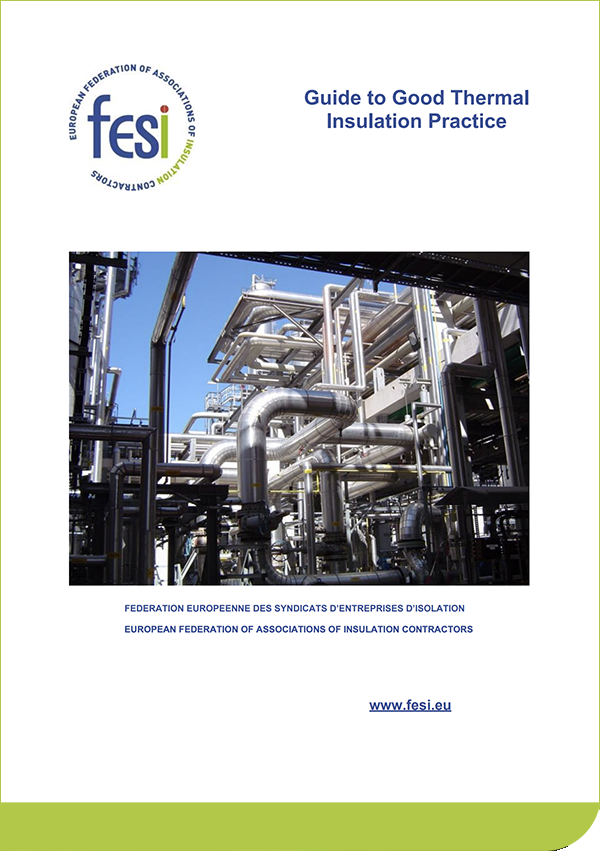
TTC 6
TTC 6 High profitability through ecologically based insulation thicknesses
This paper shows that if insulation thicknesses are increased beyond the optimum ‘economic thickness’ to meet an ‘ecological’ standard, the pay back period is only marginally increased particularly on larger bore pipework.

TTC 7
TTC 7 Heat insulation of refrigerated premises and buildings – technical clauses
This paper provides technical clauses that define the heat insulation works of refrigerated premises and buildings. They give instructions concerning the materials and products required and corresponding rules for installation.

TTC 9
TTC 9 Prevention of corrosion on insulation cladding
This paper explains the nature of and mechanism for metal corrosion. It considers the relative corrosion risks for the various metal traditionally used for insulation claddings and their fixings and considers strategies to minimise corrosion.

TTC 10
TTC 10 Corrosion under insulation: Problems and solutions
This paper considers the factors that can cause the corrosion under insulation that can lurk undetected with disastrous consequences. It explains separately how the designer and the insulation contractor can play their part in preventing this. It goes on to give practical guidance for effective insulation work and finally provides pointers to what the operator should consider to control deterioration of the insulation system.

TTC 11
TTC 11 Problems of thermal stress in metal reinforcements of large dimensional objects with elevated service temperatures
This paper explains the problems caused by the reinforcing stiffeners required on hot large dimensioned ducts particularly found in power stations. The temperature differentials between the inner and outer edges of the stiffeners can lead to cracking of welded seams. It explains the considerations needed to calculate the appropriate insulation thickness to maintain the maximum admissible temperature differentials.

TTC 12
TTC 12 Design of cold insulation to prevent formation of condensation
The most frequent reason for cold insulation is to prevent condensation on the insulation cladding surface. The paper provides a checklist of the information needed to design effective cold insulation systems whether provided by client or contractor.

Acoustic Commissision
AC A1 Acoustic Warranty Code
The intention of this revised “Acoustic Warranty Code” is to allow acoustic contractors working in residential and other occupied buildings, in industrial production facilities, and in the environment as far as it is frequented by humans, to benefit from the rules for acoustical contracting laid down to form a basis of common understanding between contractor and client.
